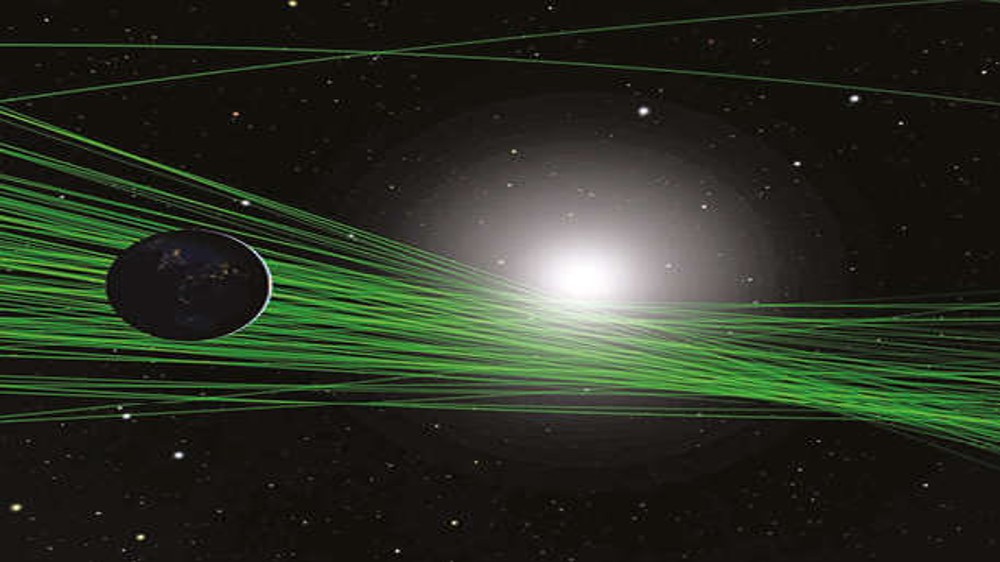A tool helps spot killer asteroids hiding in plain sight
On Tuesday, B612 Foundation, a nonprofit group that Dr. Lu helped found, announced the discovery of more than 100 asteroids.

Ed Lu wants to save Earth from killer asteroids. Or at least, if there is a big space rock streaking our way, Dr. Lu, a former NASA astronaut with a doctorate in applied physics, wants to find it before it hits us — hopefully with years of advance warning and a chance for humanity to deflect it.
On Tuesday, B612 Foundation, a nonprofit group that Dr. Lu helped found, announced the discovery of more than 100 asteroids. (The foundation’s name is a nod to Antoine de Saint-Exupéry’s children’s book, “The Little Prince”; B612 is the home asteroid of the main character.) That by itself is unremarkable. New asteroids are reported all the time by skywatchers around the world.
That includes amateurs with backyard telescopes and robotic surveys systematically scanning the night skies. What is remarkable is that B612 did not build a new telescope or even make new observations with existing telescopes. Instead, researchers financed by B612 applied cutting-edge computational might to years-old images — 412,000 of them in the digital archives at the National Optical-Infrared Astronomy Research Laboratory, or NOIRLab — to sift asteroids out of the 68 billion dots of cosmic light captured in the images.
“This is the modern way of doing astronomy,” Dr. Lu said. The research adds to the “planetary defense” efforts undertaken by NASA and other organisations around the world. Today, of the estimated 25,000 near-Earth asteroids at least 460 feet in diameter, only about 40 percent of them have been found. The other 60 percent — about 15,000 space rocks, each with the potential of unleashing the energy equivalent to hundreds of million of tons of TNT in a collision with Earth — remain undetected.
B612 collaborated with Joachim Moeyens, a graduate student at the University of Washington, and his doctoral adviser, Mario Juric, a professor of astronomy. They and colleagues at the university’s Institute for Data Intensive Research in Astrophysics and Cosmology developed an algorithm that is able to examine astronomical imagery not only to identify those points of light that might be asteroids, but also figure out which dots of light in images taken on different nights are actually the same asteroid.
In essence, the researchers developed a way to discover what has already been seen but not noticed. Typically, asteroids are discovered when the same part of the sky is photographed multiple times during the course of one night. A swath of the night sky contains a multitude of points of light. Distant stars and galaxies remain in the same arrangement. But objects that are much closer, within the solar system, move quickly, and their positions shift over the course of the night. Astronomers call a series of observations of a single moving object during a single night a “tracklet.” A tracklet provides an indication of the object’s motion, pointing astronomers to where they might look for it on another night. They can also search older images for the same object.
Many astronomical observations that are not part of systematic asteroid searches inevitably record asteroids, but only at a single time and place, not the multiple observations needed to put together tracklets. The NOIRLab images, for example, were mainly taken by the Victor M. Blanco 4-Meter Telescope in Chile as part of a survey of almost one-eighth of the night sky to map the distribution of galaxies in the universe. The additional specks of light were ignored, because they were not what the astronomers were studying. “They’re just random data in just random images of the sky,” Dr. Lu said.
Are you in Chennai? Then click here to get our newspaper at your doorstep!
Visit news.dtnext.in to explore our interactive epaper!
Download the DT Next app for more exciting features!
Click here for iOS
Click here for Android



